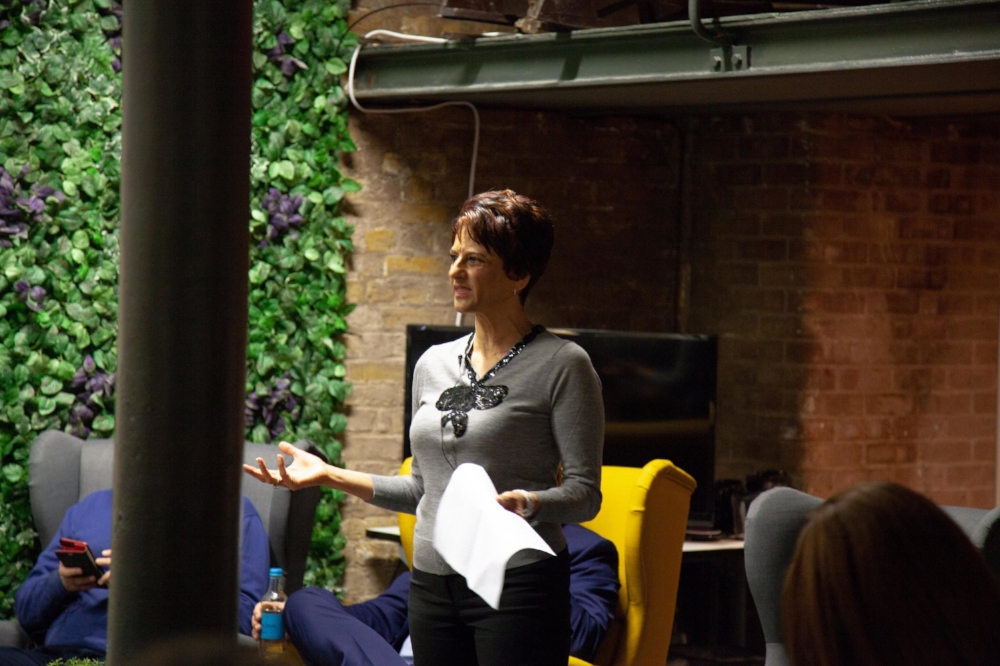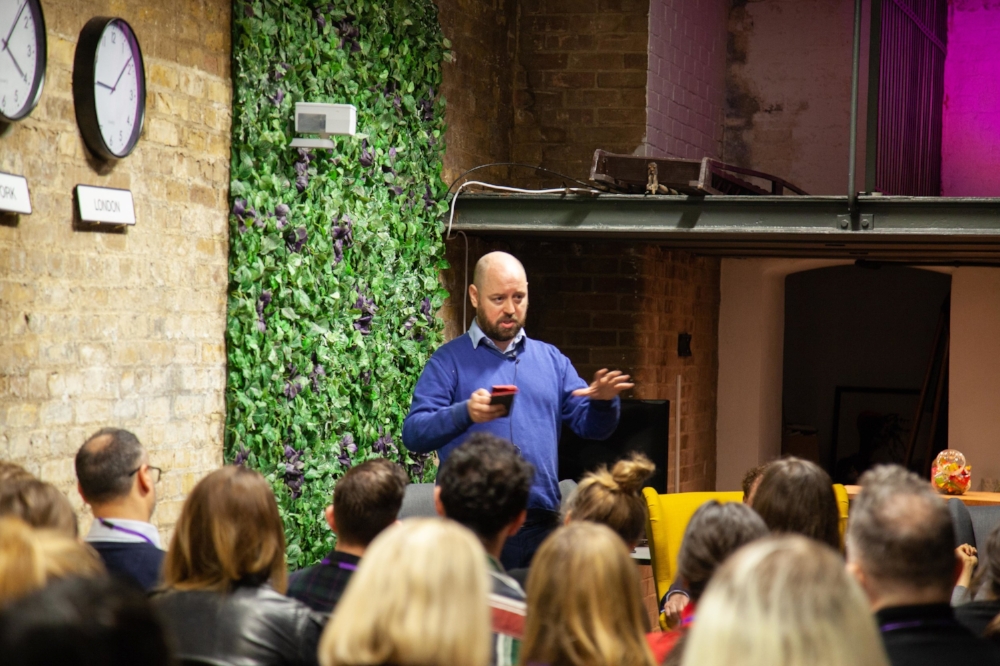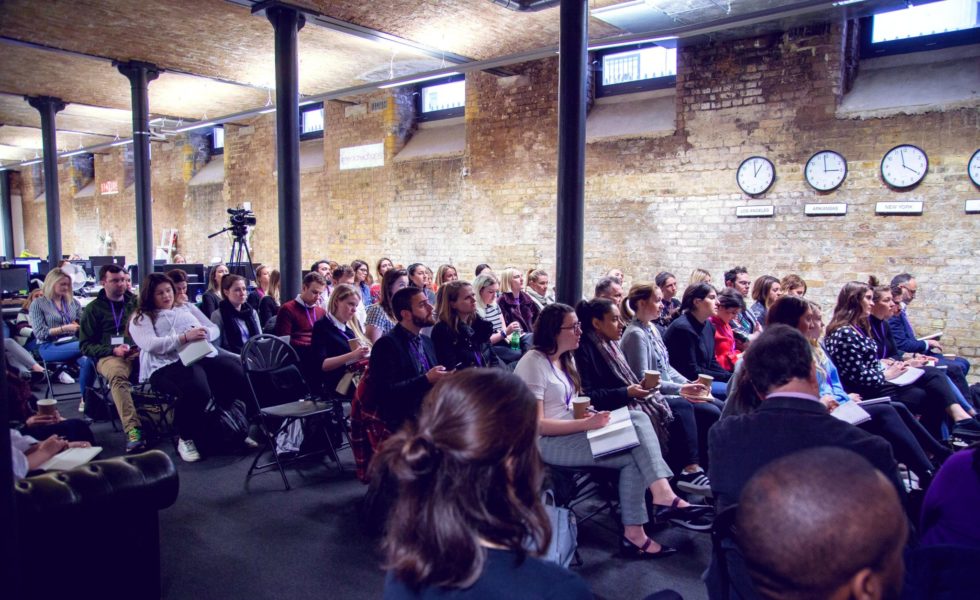On Friday the 13th April 4media Group hosted a breakfast seminar aimed at giving our clients tips from industry experts.
The seminar focused specifically on print and online press and 4media hosted two speakers from two leading publications; Ruki Sayid, Consumer Editor at The Daily Mirror and Alex Wellman, Deputy News Editor of The Sun who gave us the benefit of their experience and insight into maximizing your story’s potential for landing in the press. The event was chaired by our Head of News, and former Deputy News Editor at the Daily Mirror, Piers Eady.
In case you missed it here are the key tips to landing your story:
1. TIMING IS CRUCIAL
Journalists are busy people who have their days planned out to the minute; whether they’re in meetings with their editors, researching what their competitors are covering or writing their content, they have a lot to get through. With that in mind it will come as no surprise that they don’t have time to waste listening to PRs gab on about how great their news story is.
That is not to say they don’t want to hear from people, there is always space to fill, but for most journalists there is a good time to call.
For Piers that time was between 8:30 and 9:30. Too near 11am and you will have missed the chance to make the news list, too early and people will have forgotten your story.
Ruki must have your story by 9am, especially if it’s a survey story. Don’t call her between 9:30 and 10:30, by that time her day is already planned out and she knows what she’s working on and needs to get started.
Alex stated that the best time to contact him was between 9 and 10:30. By this time he already knows the big stories the Sun Online are going to cover and has let the editor know.
Another useful thing to note about getting your timing right is that print publications love an embargo. Embargos mean fresh content and offer them a chance to get in on a story before their competitors. Online publishers however, hate an embargo. To them embargos are an obstacle to immediacy.
2. THINK ABOUT YOUR EMAIL (ESPECIALLY THE SUBJECT LINE)
There’s nothing more likely to get your email ignored than a bad subject line.
Don’t fill your subject full of superlatives about your story. You’re approaching expert journalists who, unfortunately, will be the judge of quality.
Also steer away from talking about how ‘exclusive’ your research is. That’s assumed in the fact you’re sending it over. If it’s not exclusive, ask yourself why you are talking about it or why the press would want to cover it.
The truth is, as Ruki pointed out, that whilst you may have worked hard on your news story and may be really proud it, after years working in the industry journalists have trained themselves to spot a good subject line.
Should your subject line pass the test, you need to make sure the rest of your email stacks up. According to Piers the perfect email should be as follows:
- Subject heading
- Opening paragraph of the story
- Bullet points of the key facts
- The rest of the copy
There should be no attachment. For busy journalists attachments are just one more unnecessary job. Copy should always be in the body of the email. Remember to make your copy as blank as possible; you’re sending it to expert reporters who will editorialize the copy themselves.
3. THINK ABOUT THE FULL PACKAGE
Back in the day, the copy of a story was all people needed to worry about. Was the story good enough? Did you have enough words? Nowadays, due to changing technologies and changing consumer needs, news isn’t always about the words. It’s about having a more integrated offering.
Think about the following things:
- What’s your story’s headline?
- What sort of images would go with it? Do you have them?
- Is there a suitable, relevant video to go with it?
- Which quote are you using?
Each of these things are important.
If you can send over a strong headline then that’s half the battle and you’ve saved the reporter a job. Likewise with images; providing accompanying photos or graphics means you’re offering an additional element of the story that would usually need to be sourced.
Video is one of, if not the most, consumed content mediums online and publishers are crying out for it. Therefore the more content you supply, the more likely your news story is to land. Alex stated that the Sun Online would like a video or quiz for every story they publish as it gives the reader something. However, the video has to be worth something to the publication, whether that’s SEO or increased dwell time.
Quotes are perhaps the biggest stumbling block for people selling in a story. Ruki stated that quotes should be punchy and newsy, not corporate sales pitches wrapped up as a quote. Make sure the quote is commenting on the story or the research. If possible it should be from a Chief Executive but if not someone representative of your brand or company will do. Independent experts also work well as they can offer genuine insight on the story.

Ruki Sayid, Consumer Editor at The Daily Mirror
4. DO YOUR RESEARCH AND KNOW THE PUBLICATION
You’d think this would be obvious but according to our speakers, it’s something that often gets overlooked.
Think about the publication you are approaching. Are they a tabloid or a broadsheet? What stories and angles do they tend to feature? For example Ruki stated that whilst consumer affairs is really important to a reader, the Daily Mirror is a tabloid so consumer affairs will start at the ‘back of the book’ as it’s competing with showbiz, politics, sport and other tabloid favourites. Also know what ‘consumer’ includes; retail, surveys, high street, products.
The same goes when offering a publication follow-ups to a story they have already featured. Do your research. For example Alex talked about knowing which stories matter to the Sun Online. Look at their homepage. The Sun Online takes pride in the headlines at the top of their page so if a story is there they are placing a lot of value in it and will want more from it, whether it’s case studies, images or spin off stories.
As well as content it will pay off to research the staff of the publication. Who does what? Who is the most relevant person for you to get in touch with? If you can’t find out, call the news desk and ask them the name and email address of the person you are trying to reach.
5. GET TO KNOW YOUR JOURNALISTS FACE TO FACE.
As well as knowing their name and job title, getting to know a reporter in person can be hugely beneficial. Taking them for a drink, whether it’s a pint or a coffee, means that you are creating a relationship and familiarity between you which in turn means they are more likely to want to help you out.
Just in case you’re wondering the best way to befriend our speakers, Alex and Piers would like to go for a pint after work, whereas Ruki is more inclined to go for a coffee at about 3:30 or 4pm.

Alex Wellman, Deputy News Editor of The Sun
